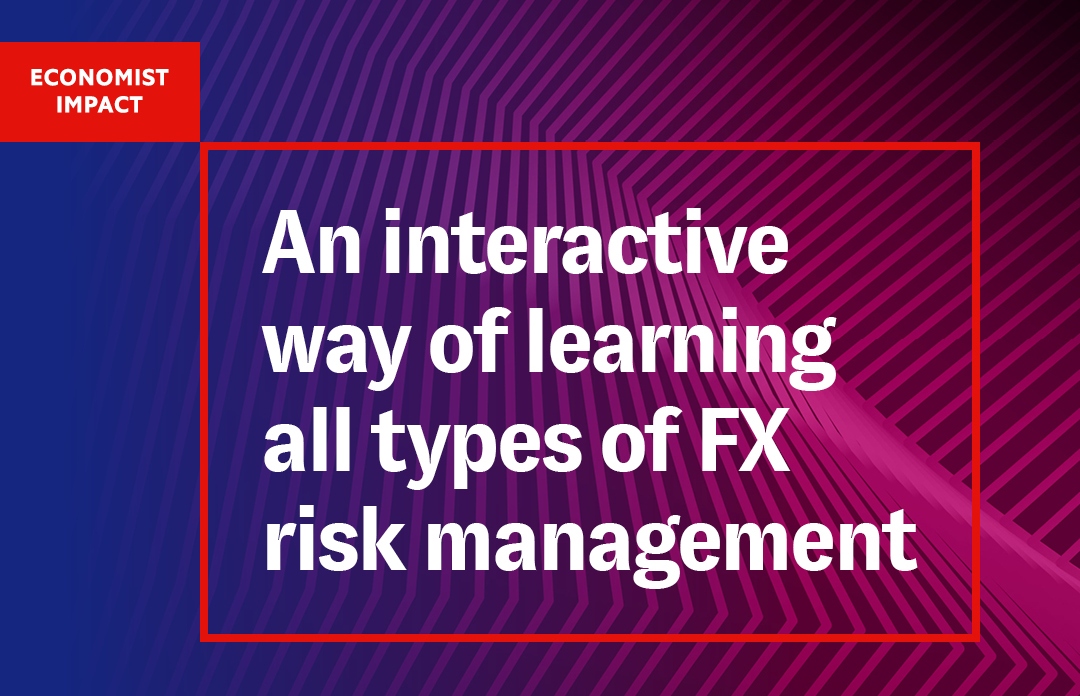Medtronic’s journey to an automated FX hedging process

Automating FX hedging has not only helped Medtronic’s treasury team to save time and eliminate human error but also enable value creation across its regional entities.
From implantable pacemakers for heart disease, endoscopy devices for respiratory, gastrointestinal & renal diseases to a plethora of devices and therapies for surgical technologies, Dublin headquartered Medtronic’s medical devices and services are sold in over 150 countries around the world resulting in its treasury team to manage a large portfolio of currencies across many legal entities exposed to FX risk. This makes it essential for the corresponding FX exposures to be managed in a highly automated, meticulous and practical manner.
Network of files
As a global healthcare company, Medtronic operates a complex supply chain of distributor entities operating in Asia, US and Europe which sell inventory to commercial sales entities in different regions that in turn sell it to customers. While the company operates using US dollar as its functional currency, many entities hold monetary balances in other currencies exposing them to translation or balance-sheet risk when foreign currencies fluctuate against the US dollar.
Speaking at the 2022 Global Treasury Americas Miami, Tim Husnik, Senior Treasury Director told delegates that from 2012 to 2014, in order to mitigate balance sheet FX risk the company’s treasurers were deriving their FX exposures and regional forecasts in Excel based on SAP data exports, along with the data from the treasury management system and internal trading platform which were all uploaded on the FX platform, also running on Excel.
For treasurers, this not only meant no end of manual work but also a process which was highly susceptible to errors and after facing a hedging problem related to manual data entry, the treasury team decided to automate this process.
“The problem with Excel is that it’s manual, error prone and no matter how good you are or how many creative ways you may find to make the task easy.” Husnik said.
As a part of this overhaul, a treasury services vendor was brought in to develop a code which could assemble all FX exposure data within thirty minutes after which the treasurers had to upload it onto the FX platform, thereby removing the manual work in the process which previously took thirty hours to complete.
“We have a query that runs automatically in thirty minutes and we can have all of our exposure data which was uploaded to the FX platform.” Husnik added.
No time to save time
While trying to further optimise and automate their exposure analyses, they were slowly realising the limitations of this hedging process which they ran for almost seven years and the process they desired would require- fast reconfigurability, connectivity within systems, automation of time consuming tasks and completion of controls.
“We need to configure and connect all the systems, that’s the big flaw in the automation of our current process… It doesn’t make any sense that we’re spending time logging into a system, downloading data, logging into another system, uploading data; not something that we should be doing at a company of our size.” Husnik commented.
To refurbish the system, a new treasury services vendor was brought in who had a product which pulled data out of SAP and pushed it onto the FX platform, thereby eliminating the need for the treasury team to manually upload the file. Meanwhile, regional finance teams could directly drop their forecast files which would be automatically consolidated into an exposure file and loaded to the FX platform.
Furthermore, using SFTP and API connection between systems, two way connections were built from the FX platform, the brain of the operation, to the external trading platform and TMS, because of which the treasury team was able to significantly reduce the amount of trades.
“What most vendors do is they’ll push your exposure data and your internal trade data to the platform, the trading platform where you’ll net them together, and then kick out the trades from the trading platform source, and the problem with that is that we simply wanted to know what the Euro exposure was for the whole world. Let’s say it’s 100, I want to trade 100 and then I want that data to come back into the brains [Fx platform & Internal trading system], and then kick out the internal trades.” Husnik told delegates at the conference.
Also, the time taken to configure all systems has now been reduced to less than a day from four to six days. This has helped treasurers to not only add new entities or change functional currencies of regional entities without delays but also ensure that changes in intercompany exposures in the middle of the month can be incorporated at any point of time as compared to the end of the month earlier.
“This process has allowed us to be really flexible, and it’s pretty scalable, too.” Husnik continued.
Treasury creating value
A key benefit of this transition is that the treasury team has been able to increase time spent on high value tasks instead of just handling data, resulting in the team adding more value to financial operations at regional entities so that the FX risk can be reduced.
For instance, treasurers have now used data analytics and power BI to generate reports which can provide real time information on derivatives product holdings, notional amounts with counterparties, intercompany loans exposure and even real time entity level FX exposures bifurcated based on currencies.
Husnik told: “The whole reason we did this, if you remember is to have time to do things like to actually look at the exposure data, and maybe try to eliminate it… and that’s where we’re now seen, as a lot more of a value provider than just a team that just downloads data and uploads data and runs a derivative program.”
–
Tim Husnik was speaking at the EuroFinance Global Treasury Americas Miami conference on May 24th 2022. He will also be speaking at the upcoming EuroFinance International Treasury Management Vienna conference in September 2022.
